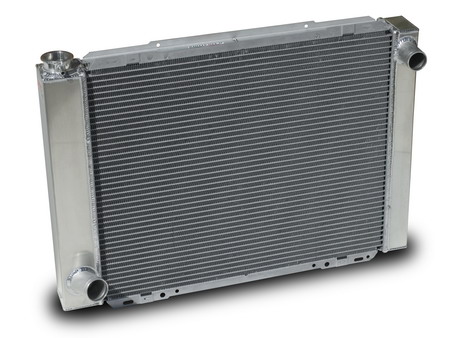How to Repair Your Home Radiator

Most often the reason behind engine overheating and boiling is not always the problem associated with the coolant. A reason for this can be the blockage of radiator.
Radiator is one of the most important components of the cooling system. However, a leakage can occur very often. So, it becomes difficult to travel by car with such a malfunction.
Sometimes, you know that the time to change the radiator has come but do not have time to quickly change it. To temporarily eliminate leaks, there are several methods to control the situation.
Instructions
-
1
Look at the top of the radiator. Leakage often appears at the top and is caused by the cracking of the plastic parts of the radiator next to the mounting bracket and a diffuser that supports the accelerator cable. Sufficiently large crack can immediately be seen. However, you have to remove the radiator in order to check if more than one area is cracked. Finding such spots on the surface of the engine, look for leaks in the gasket pump or thermostat. When there is the smell of antifreeze inside the hood, Inspect radiator heater.
-
2
If there is a radiator leak, but it is difficult to detect visually, look at the compressor. Remove the radiator and plug all the holes in it, except one. Start checking if there are any air bubbles forming on the compressor.
-
3
Remember the old advice from experienced drivers on treating a leaking radiator. Add dry mustard powder to the coolant. However, this method has a few drawbacks. Mustard powder gets into the clumps and clogs pipes of the cooling system. A similar but more modern way is to use a specialized sealant. Purchase a polymerizable sealant for repairing radiators and cooling systems.







